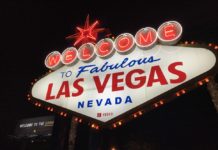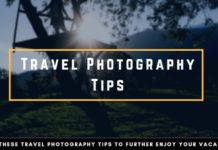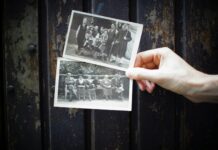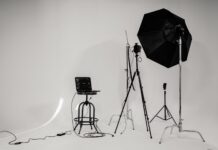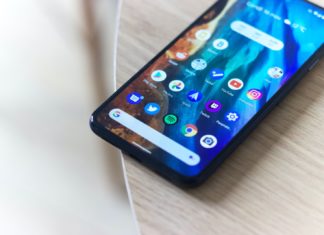Over the last five years, drone photography has grown tremendously following several advancements in tech. Besides offering photography enthusiasts the ability to take pictures from extra-ordinary vantage points, it delivers more versatility for professional use. As a result, photographers can now incorporate aerial photography in their services, allowing them to offer more varied options to clients.
Here are several tips and guidelines that photography enthusiasts can follow to create stunning, high-quality aerial pictures by maximizing their drone’s use.
Check the UAV Forecast
Before taking your drone out for a photo session, you need to check the UAV forecast. That gives you vital information to the safety of the aircraft, pilot, other people, and buildings in the vicinity. The UAV forecast tells you the off-limits areas, the number of active GPS satellites in an area, and how the weather will be like. That helps you to plan your shoot accordingly, just like getting the Jackpotjoy bonus code before playing a bingo game.
Shoot in Raw Format
Shooting your photos in RAW format allows you to get more versatility when it comes to processing the images. That way, you have uncompressed, lossless images from the sensor, and you can preserve a significant amount of resolution and detail when editing. Even better, you can add more brightness levels, allowing you to have greater color and exposure adjustments without changing the natural look of your photos.
For Composition, Use thirds Grid Overlays
In any image, the composition is one of the most important factors. Composition dictates the arrangement of all the visual elements in a frame and even balances the color in an image. However, you need to do some trial and error before you achieve the desired composition. Nonetheless, that’s not very hard to achieve when you’ve got several hours of battery life.
While it’s easy to achieve that in a normal camera, you won’t have the same luxury with drones. Most drones can only afford 25-30 minutes of battery life, so it’s imperative to get it right for the first time when trying to capture a specific subject or scene. That’s why you need to frame your images using third grid overlays to ensure they’re properly composed.
Stick to Low ISO
Normally, drone cameras have smaller sensors compared to a professional handheld camera. For that reason, they don’t work well with high ISO settings. That’s particularly true with the Phantom 3 range, which gives you fairly good images, though you end up with lots of unwanted noise and grain if the ISO is set anywhere above 100. Fortunately, high ISO strings are unnecessary, since you’ll have ample lighting when shooting unless you’re working at night.
Be Ready to Improvise
Sometimes, no amount of planning will prepare you for difficult and unforeseen situations. For example, a location might be declared off-limits, or the weather might drastically change in the middle of a shoot, despite closely inspecting weather reports and your UAV forecast. In such a case, you must know how to work with whatever that’s available. At times, the results may be better than expected.



